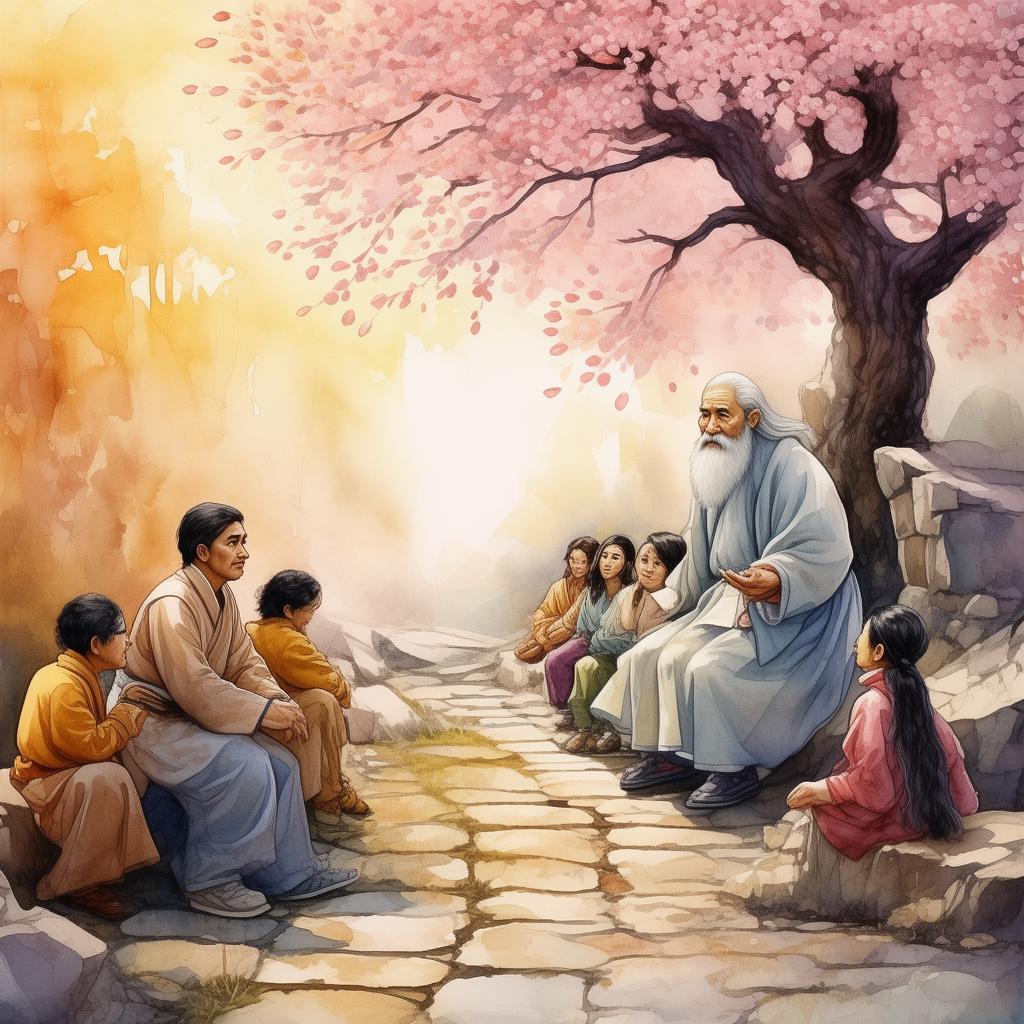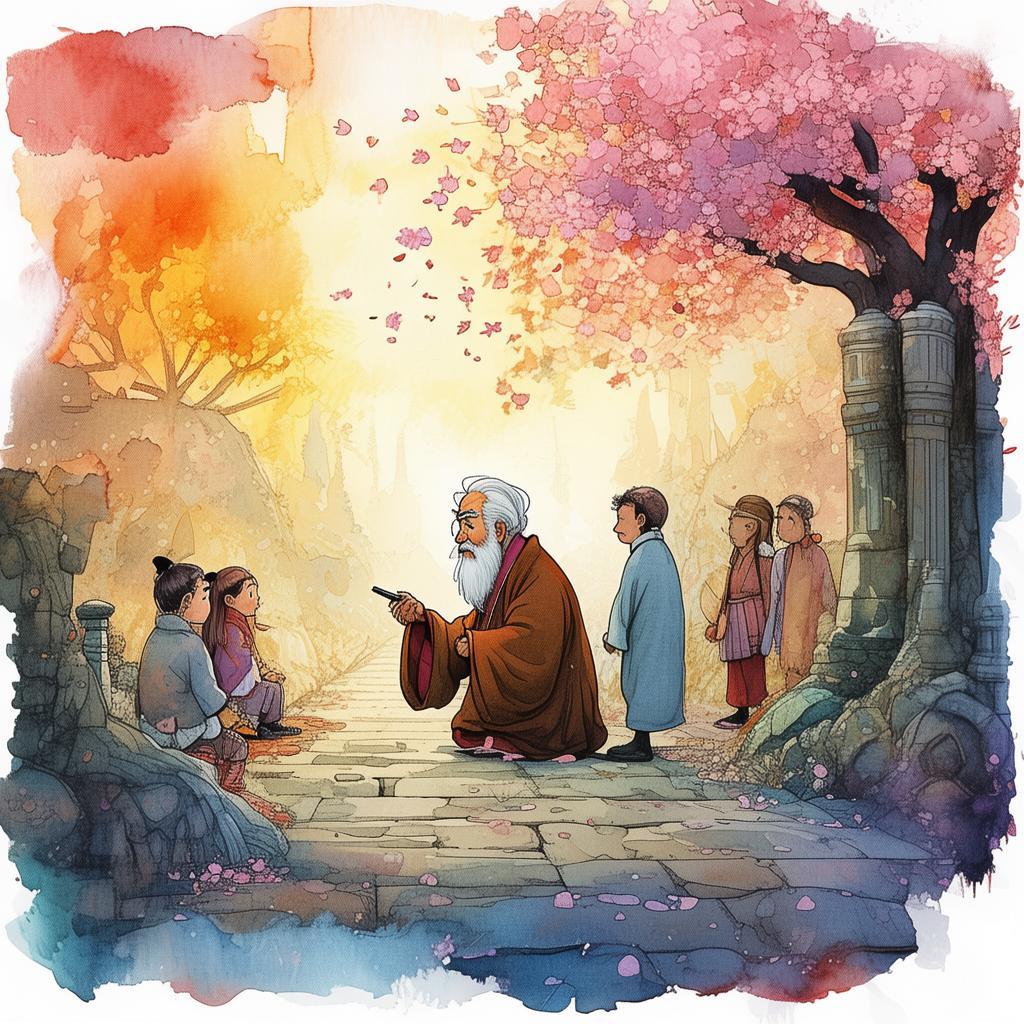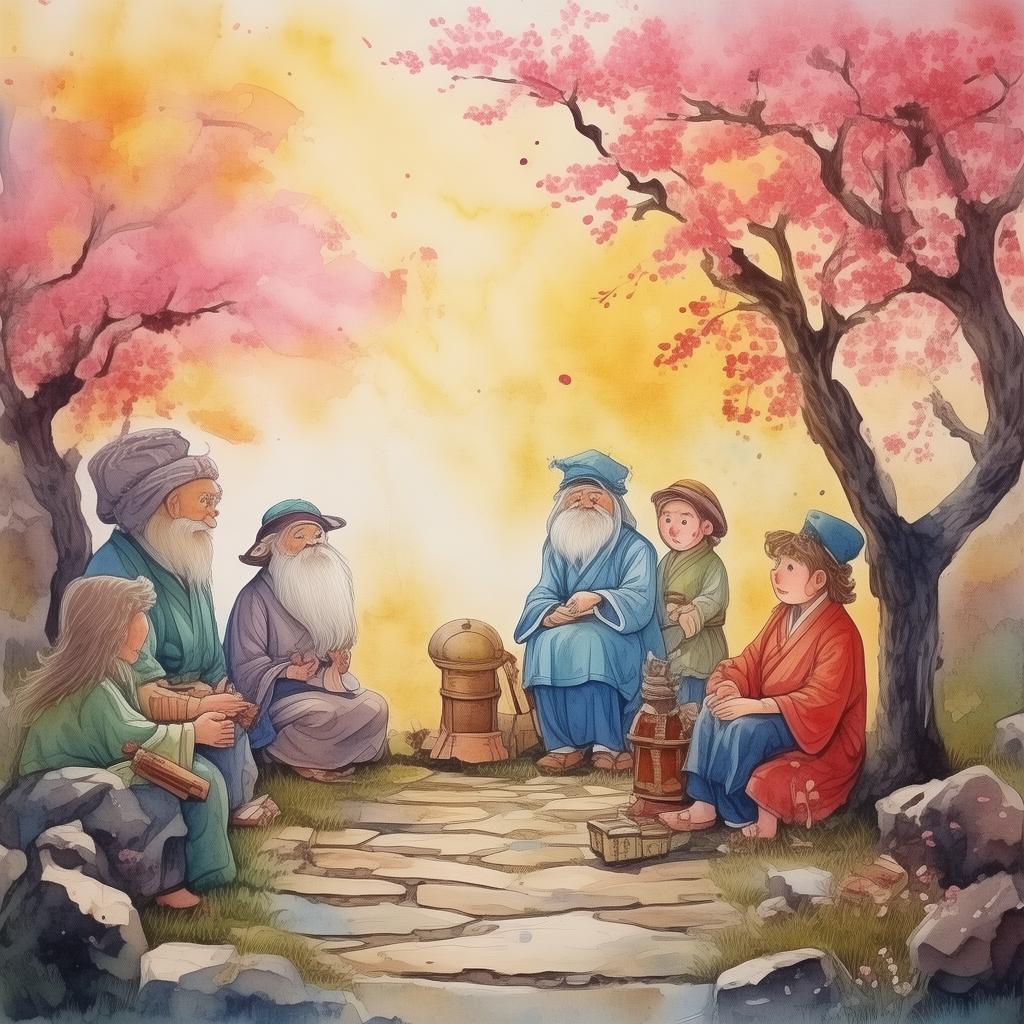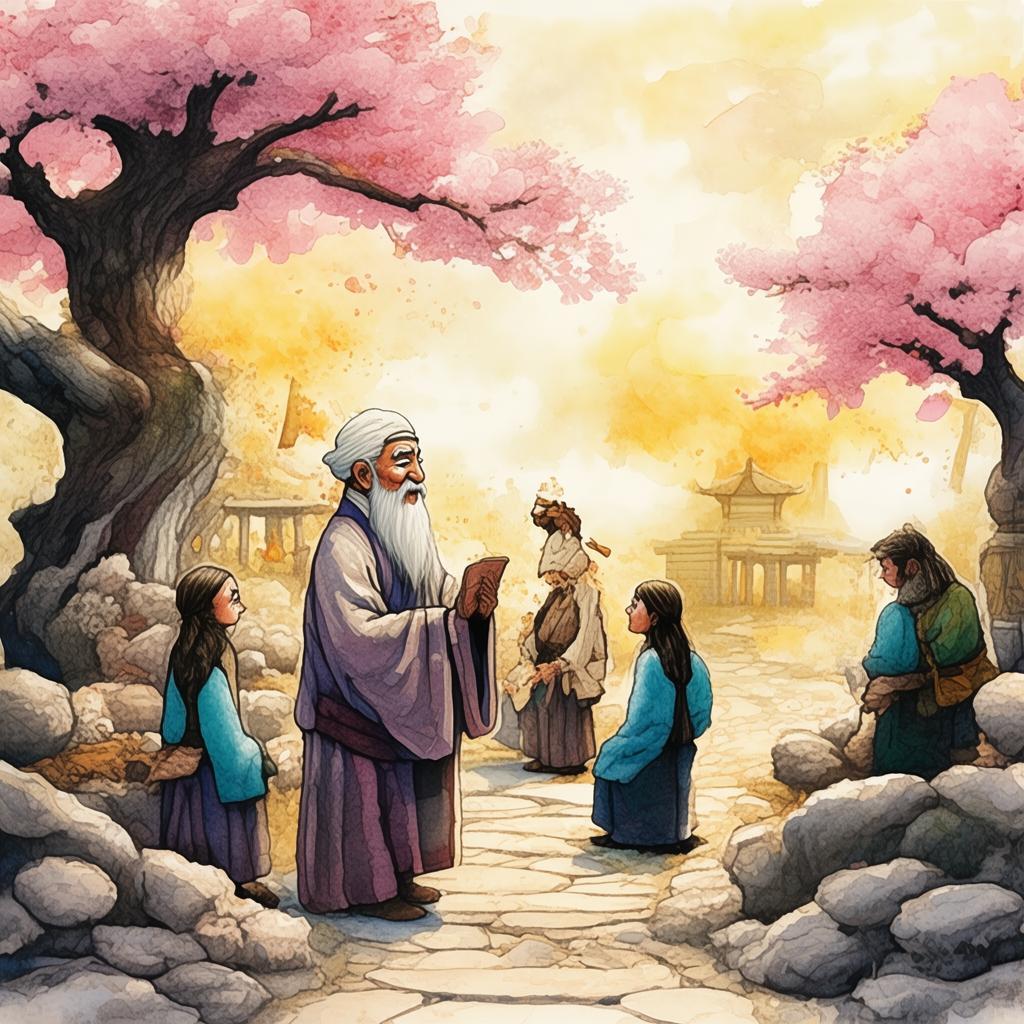The Vanishing Brushstroke: The Mystery of the Vanishing Painter
In the ancient city of Liyue, nestled amidst the rolling hills and whispering bamboo groves, there lived a painter named Yun. His name was whispered in hushed tones, as if the very mention of it could summon the magic of his brush. Yun was known not just for his extraordinary talent but for the depth of emotion he could capture on canvas. His works were said to breathe life, to move the soul, and to tell stories beyond the mere strokes of paint.
One crisp autumn evening, as the moon hung low in the sky, Yun's most prized painting, "The Dune's Lament," vanished from its place on the wall of his modest studio. It was a piece that had taken him years to complete, a testament to his passion and his profound connection to the natural world. The news of the painting's disappearance spread like wildfire, and the townspeople were in an uproar. Yun himself was shattered, for the painting was more than just art to him; it was a part of his soul.
The townsfolk rallied, offering their help in searching for the missing masterpiece. They combed through the nearby dunes, the forest, and the riverbanks, but the painting was gone without a trace. Theories swirled like dust in the wind: had it been stolen by a rival artist seeking to tarnish Yun's reputation? Perhaps a greedy collector had taken it, driven by the allure of its rumored value? Or was it something more sinister—a curse, perhaps?
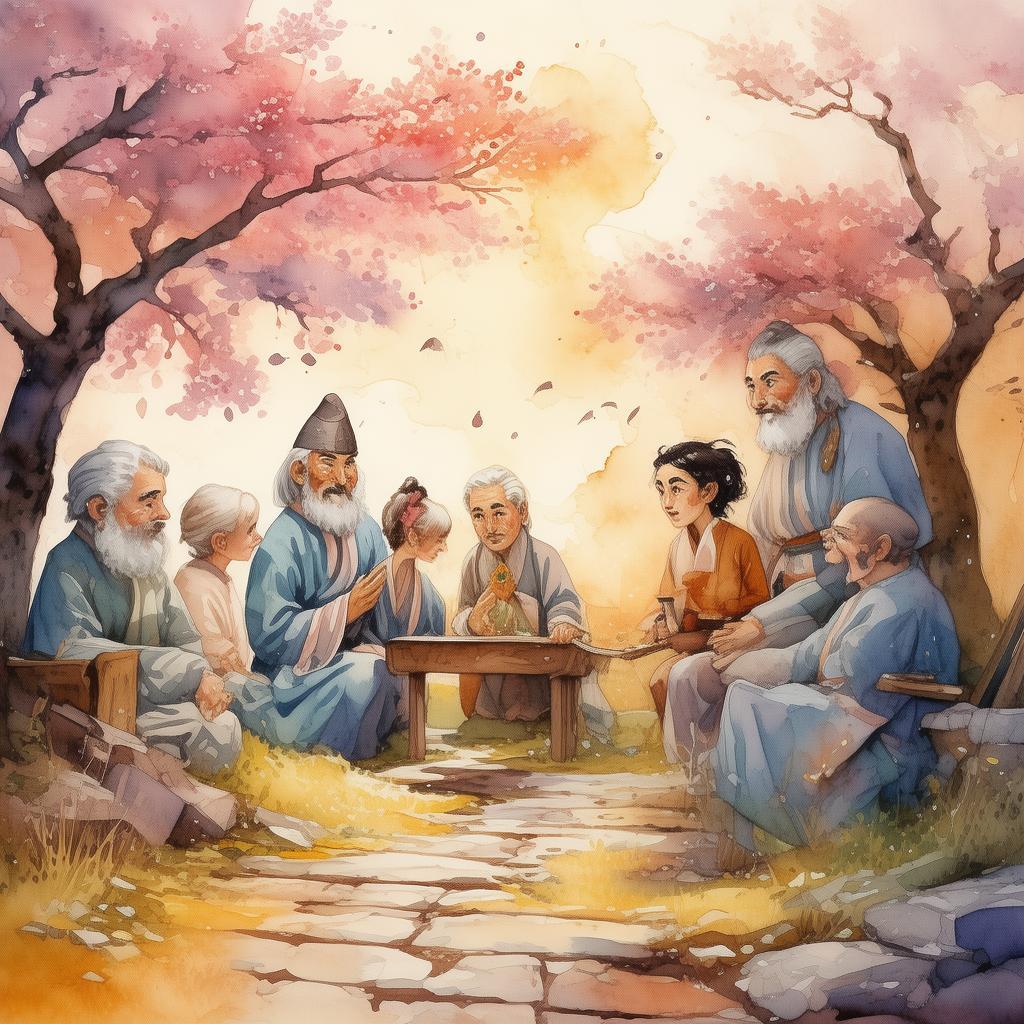
In the midst of the chaos, a young woman named Mei came forward. She claimed to have seen Yun in the dunes the night of the disappearance, but he had vanished as quickly as the wind. Mei had been captivated by Yun's art since she was a child and believed that he held the key to the painting's disappearance. She was determined to find him and uncover the truth.
Mei's journey took her deep into the dunes, where the wind howled and the sand whispered secrets. She followed the trail of Yun's footprints, and as she ventured deeper, she discovered strange symbols etched into the sand—symbols that seemed to be guiding her to Yun. Along the way, she encountered other artists, each with their own tale of Yun's magic, and each more convinced than the last that he was not only a painter but a mystic, a man who could communicate with the natural world.
As Mei delved deeper into the mystery, she realized that Yun's art was not just about beauty and emotion; it was a language, a way of understanding the world that transcended the tangible. The symbols she found were not just marks in the sand but clues to a deeper, more complex reality.
One evening, as the sun dipped below the horizon, casting long shadows over the dunes, Mei stumbled upon an old, abandoned temple. Inside, she found Yun, his hair wild and his eyes filled with a mixture of fear and hope. He had been hiding, seeking shelter from the storm that had engulfed his life. Yun explained that the painting was a part of him, a vessel for his emotions and experiences, and that it had vanished because he had become disconnected from the source of his inspiration—the love he felt for Mei.
Mei listened, her heart aching for the man who had created such beauty and yet felt so alone. She realized that the painting was not a physical object but a representation of Yun's soul, and it could only be returned if Yun found his own inner peace and reconnected with the love that had been lost.
Together, they retraced the steps that led them to the temple, following the same symbols that had guided Mei. As they reached the top of a high dune, they found the painting, not as a physical entity but as an image etched into the sand before them. Yun reached out, his fingers brushing against the image, and as he did, the painting began to glow, filling the air with a soft, ethereal light.
In that moment, Mei knew that the painting had found its way back to Yun because it was his art, his expression of love and connection. The painting was not a thing to be stolen or possessed; it was a reflection of the man who created it.
As the light faded, Yun looked at Mei with eyes that had found their clarity. "You have brought me back to life," he said softly. Mei smiled, tears glistening in her eyes. "It was never just a painting, Yun. It was you."
And so, the painting, "The Dune's Lament," returned to Yun's studio, not as a physical object but as a symbol of the love and connection that had been restored. Yun's art continued to inspire and move those who saw it, and the legend of the vanishing painter grew, a testament to the power of love and the enduring nature of the human spirit.
✨ Original Statement ✨
All articles published on this website (including but not limited to text, images, videos, and other content) are original or authorized for reposting and are protected by relevant laws. Without the explicit written permission of this website, no individual or organization may copy, modify, repost, or use the content for commercial purposes.
If you need to quote or cooperate, please contact this site for authorization. We reserve the right to pursue legal responsibility for any unauthorized use.
Hereby declared.


